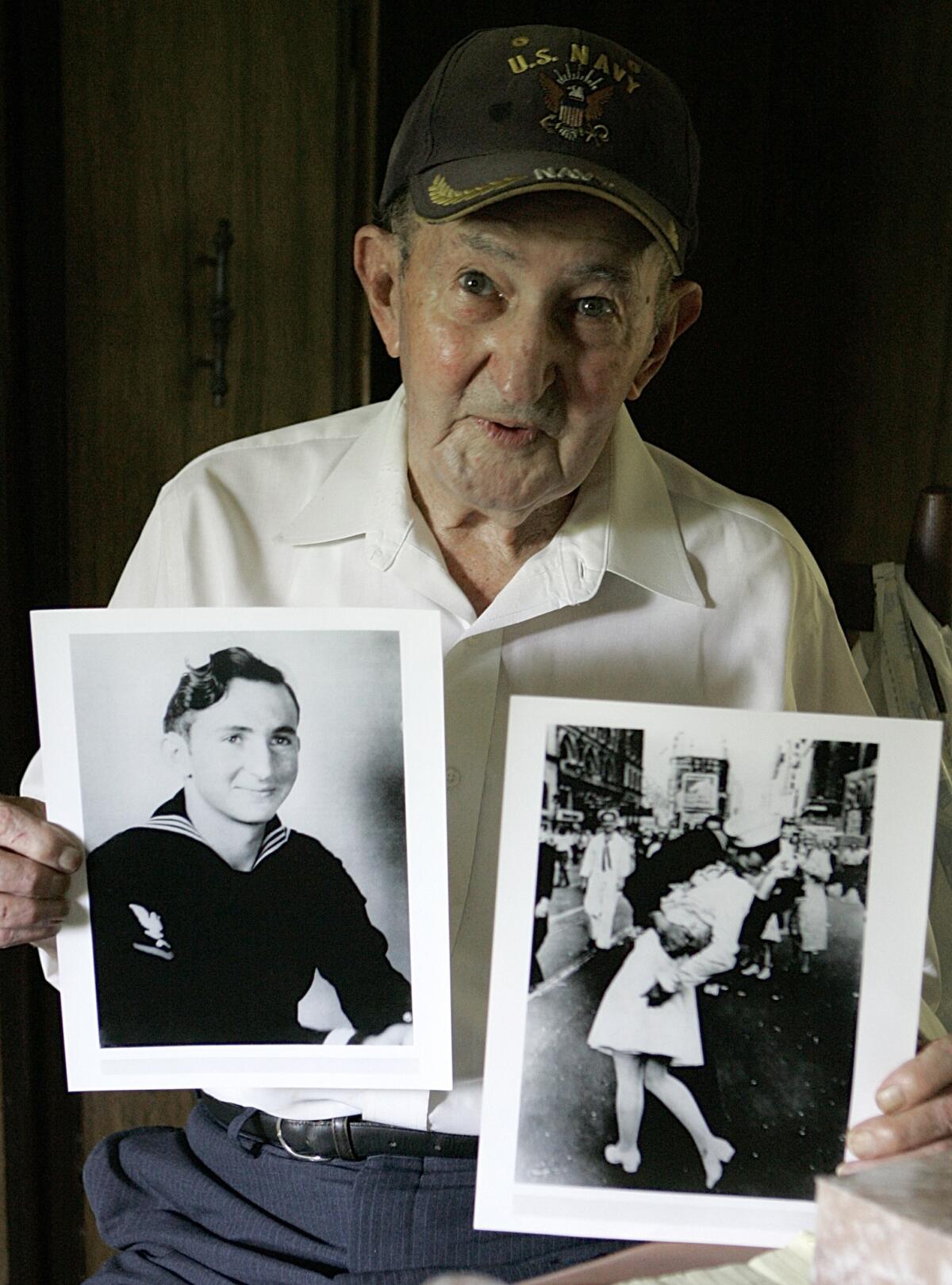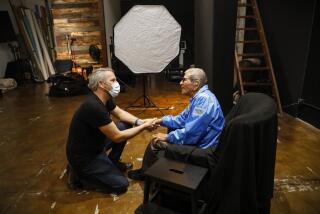Life’s ‘kissing sailor’ photo: sexual harassment or unadulterated joy?

Glenn McDuffie, the man believed to be the “kissing sailor” of Times Square captured in Life magazine’s pages in 1945, died this month. But not before the feminist establishment successfully transformed the hapless McDuffie from an exuberant symbol of America’s joy and relief at Japan’s surrender and the ending of World War II into a malevolent symbol of that current feminist bugaboo: “rape culture.”
Yup, from Greatest Generation to Most Despised Generation.
McDuffie, then only 18 (he’d forged documents to join the Navy at age 15), maintained that he’d impulsively grabbed and kissed a white-clad young nurse who was smiling at him on the sidewalk because he was overwhelmed with happiness knowing that the war’s end meant his brother would be released from a Japanese prison camp. He and the nurse were complete strangers, and McDuffie, according to his account, was on his way to visit his girlfriend in Brooklyn. Life photographer Alfred Eisenstaedt captured the two in a series of photos as a ring of jubilant bystanders, who included another sailor, a little girl and a grandmotherly old lady, smilingly surrounded them.
So beloved was this iconic photo that McDuffie was not the only World War II Navy vet to claim that he was the kissing sailor. (Eisenstaedt’s photo doesn’t clearly show the faces of either party, and Eisenstaedt never got their names.) McDuffie’s “rival” was another Navy vet, George Mendonsa, who said he was the fellow in the photo. Similarly, several women have claimed to have been the object of the strapping young sailor’s amorous gesture. One of those women, Greta Zimmer Friedman — actually a dental assistant, not a nurse — regularly exchanged Christmas cards with Mendonsa once he, along with several historians, identified himself as the kisser.
That was then. Now, we have this from the “pursuit of gender equality” website Crates and Ribbons:
“It seems pretty clear, then, that what George had committed would be considered sexual assault by modern standards…. The fact that this much-loved photo is a depiction of sexual assault, rather than passion, is an uncomfortable truth, and to call it out as such might make one seem to be a priggish wet blanket. After all, this sailor has risked his life for his country. Surely his relief and excitement at the end of the war is justified? Surely these are unique circumstances? The answer to the first question is yes. He is perfectly entitled to be ecstatic. He is perfectly entitled to celebrate. However, this entitlement does not extend to his impinging on someone else’s bodily autonomy.
“The unwillingness to recognize a problem here is not surprising, considering the rape culture in which we live.”
Fortunately, the statute of limitations for a sexual-assault prosecution had run out by the time Glenn McDuffie died.
But the well of good feeling about Eisenstaedt’s famous photograph has been permanently poisoned. Even Life now says this about the photo on its website: “It’s worth noting that many people view the photo as little more than the documentation of a very public sexual assault, and not something to be celebrated.”
We really do live in a different age from the one in which young men, even teenage boys, eagerly and bravely helped bring their country to victory and in which young women were proud to be kissed by them — and people all over America, young and old, viewed an image of such a kiss as an expression of unadulterated joy.
ALSO:
Courtney Love found the missing Malaysian jetliner, and so can you
Is ‘Duke Porn Star’ Belle Knox a feminist or a troubled young woman?
Feminists hate ‘Princeton mom’s’ advice, but she has science on her side
Charlotte Allen writes frequently about feminism, politics and religion. Follow her on Twitter @MeanCharlotte.
More to Read
A cure for the common opinion
Get thought-provoking perspectives with our weekly newsletter.
You may occasionally receive promotional content from the Los Angeles Times.










